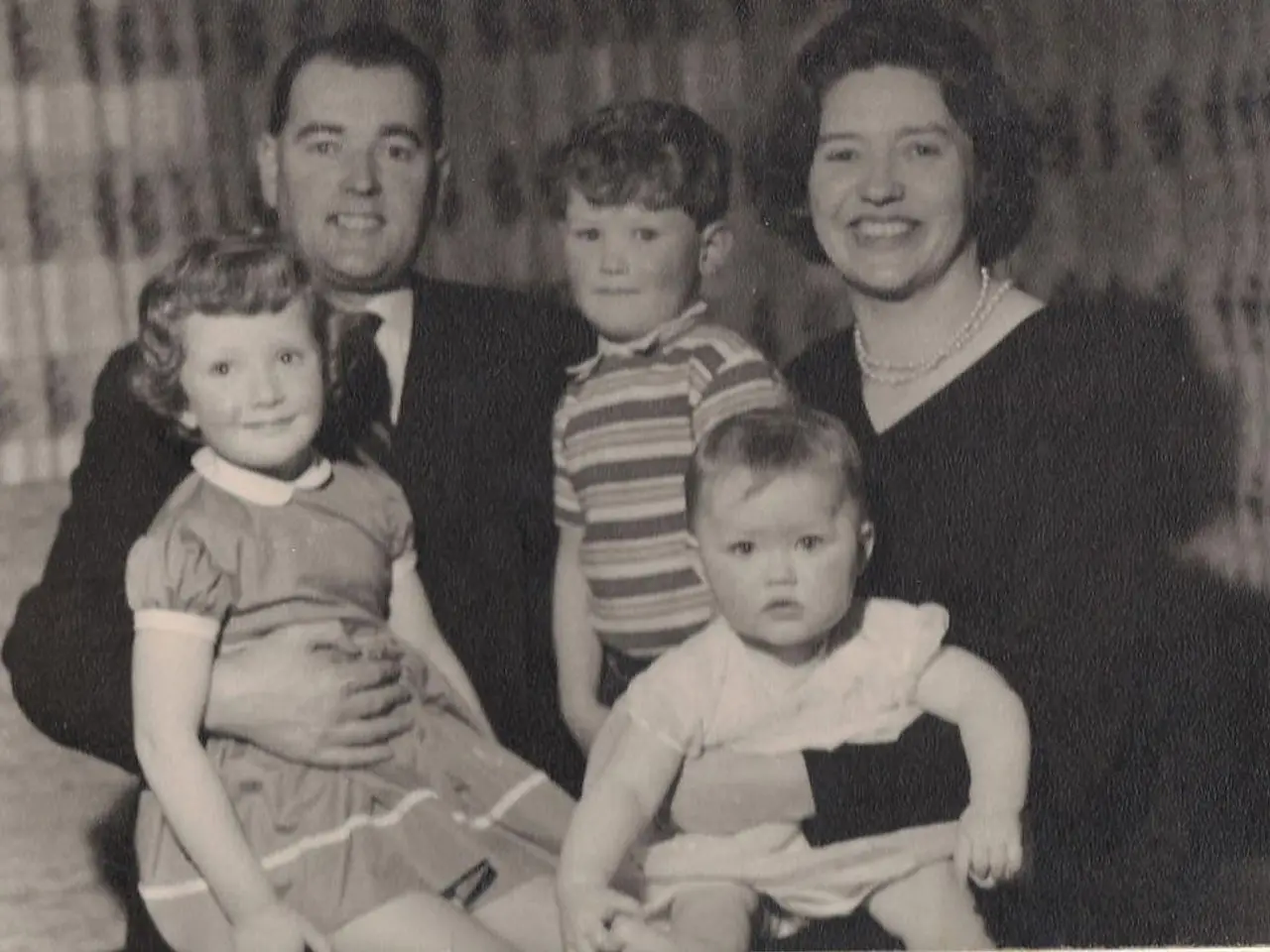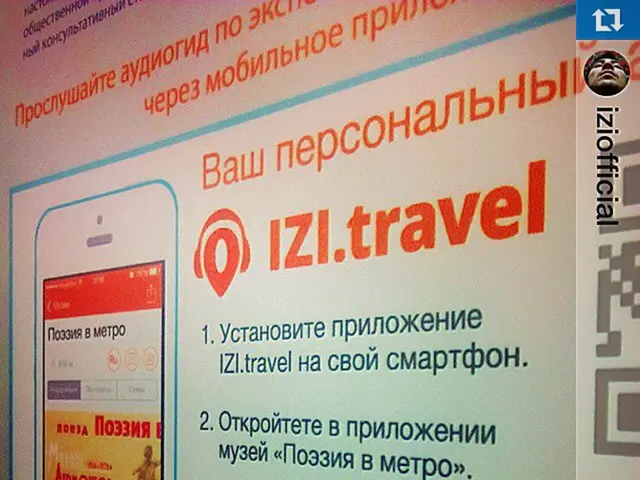Family-Based Immigration: A Pathway to U.S. Reunification
Family-based immigration serves as a vital pathway for individuals aiming to reunite with loved ones in the United States. This process, governed by U.S. immigration law, allows citizens and lawful permanent residents to sponsor certain relatives for visas and eventual permanent residency.
The U.S. government has significantly shaped family-based immigration through reforms like the Immigration and Nationality Act of 1965 and the Immigration Reform and Control Act (IRCA) of 1986. These acts introduced family reunification as a key criterion and modified immigration policies.
The family-based immigration framework categorizes relatives into two groups: immediate relatives and family preference categories. Immediate relatives, such as spouses, unmarried children under 21, and parents of U.S. citizens aged 21 or older, enjoy a simpler process and are not subject to annual visa caps. Family preference categories, including married children, siblings of U.S. citizens, and certain relatives of lawful permanent residents, face limitations on the number of available visas annually.
Understanding the family-based immigration pathway is crucial for navigating U.S. immigration law. This facet of immigration policy reflects the nation's commitment to family unity and the importance of familial bonds in societal integration.







